- Home
- Japan Private Tours
- Nara Private Tours
Discover the Best of Nara Travel: Top Things to Do, Must-Visit Spots & Your Ideal Itinerary
Step back in time and experience the serene beauty of Nara — Japan’s first permanent capital and a treasure trove of ancient temples, sacred deer, and cultural heritage.
Whether you're planning a day trip from Kyoto or Osaka or looking to spend the night surrounded by history and nature, Nara offers a rich blend of spiritual landmarks and charming local experiences. From feeding the friendly deer in Nara Park to exploring UNESCO World Heritage Sites like Todai-ji and Kasuga Taisha, this guide covers all the top things to do and how to make the most of your Nara itinerary.
Private Tours & Sightseeing Nara
Discover Nara Your Way: Private Tours & Personalized Sightseeing Experiences
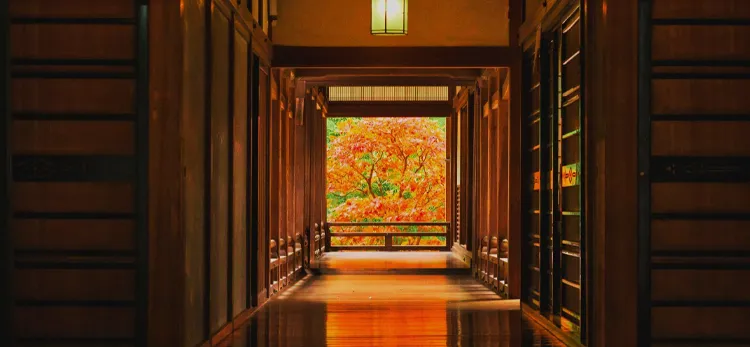
Nara Private Tour (8 hours)
Nara Park, Todaiji Temple, Kasuga Taisha, Yakushi Temple
Why Visit Nara?

Welcome to Nara, Japan's first permanent capital, a city steeped in ancient history, profound spirituality, and charming natural encounters. Imagine standing before the world's largest wooden building, housing a colossal Buddha, then walking through a park where friendly deer roam freely. This isn't just a visit; it's a step back in time to the dawn of Japanese civilization, offering a unique blend of majestic heritage and heartwarming interactions.
- Birthplace of Japanese Civilization: Explore magnificent temples and shrines that predate Kyoto, revealing the country's early spiritual and cultural foundations.
- Deer Park Enchantment: Experience a truly unique connection with nature by interacting with hundreds of wild, yet tame, deer.
- UNESCO World Heritage Cluster: Discover multiple sites recognized for their outstanding historical and architectural significance.
Quick Guide to Nara
Ready to plan your unforgettable journey to Nara? Here’s what you need to know to get started.
Location & Access
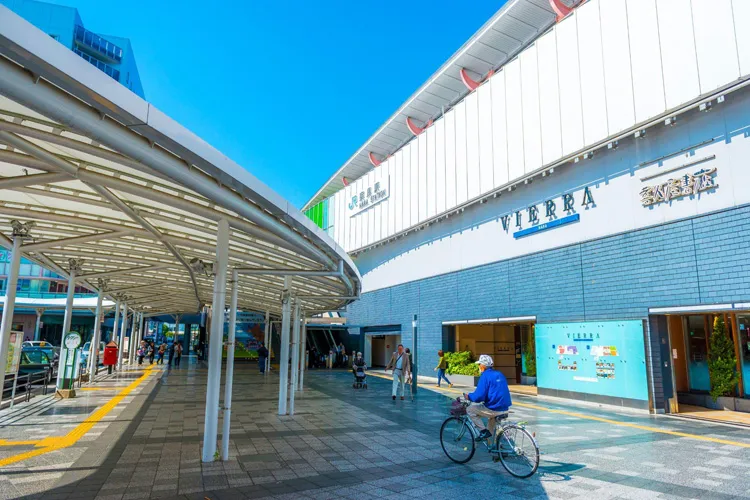
Nara Prefecture is located in the Kansai region of Western Japan, making it an ideal day trip from nearby major cities.
- From Kyoto:
- By JR Nara Line (Miyakoji Rapid Service): The most common and convenient option. Direct from Kyoto Station to Nara Station (approx. 45 minutes). (Covered by Japan Rail Pass)
- By Kintetsu Nara Line: Faster and more direct to the city center, from Kyoto Station to Kintetsu Nara Station (approx. 35 minutes). Kintetsu Nara Station is closer to Nara Park and many attractions. (Not covered by JR Pass; Kintetsu Rail Pass options available)
- From Osaka (Namba/Umeda):
- By Kintetsu Nara Line (Limited Express/Rapid Express): From Osaka-Namba Station to Kintetsu Nara Station (approx. 35-45 minutes).
- By JR Yamatoji Line (Yamatoji Rapid Service): From JR Namba Station or Tennoji Station to Nara Station (approx. 35-50 minutes). (Covered by Japan Rail Pass)
Climate & Seasons

Nara experiences four distinct and beautiful seasons, each offering a unique charm and transforming the city's scenery.
- Spring (March - May): Mild and pleasant (average 10-20°C/50-68°F), renowned for spectacular cherry blossoms typically blooming from late March to early April. Ideal for comfortable sightseeing. A light jacket is recommended.
- Summer (June - August): Warm and humid (average 25-30°C/77-86°F), with lush green landscapes. Deer seek shade. Light clothing and sun protection are essential.
- Autumn (September - November): Crisp and comfortable (average 15-25°C/59-77°F), celebrated for its breathtaking autumn foliage, typically from mid-November to early December. This is a very popular season. Layers are essential.
- Winter (December - February): Generally cool (average 5-10°C/41-50°F) with occasional light snow. Clear days offer stark beauty, and a snow-dusted Todai-ji is serene. A warm coat and sweaters are necessary.
When is the best time to visit? Spring (for cherry blossoms) and Autumn (for vibrant foliage) are often considered the most picturesque, though also the most crowded. Winter offers unique serene beauty with fewer crowds.
Explore Nara's Iconic Sites
Most of Nara's main attractions are conveniently clustered within or around Nara Park, making it highly walkable.
Nara Park

- Highlights: The expansive heart of Nara, home to hundreds of wild, yet remarkably tame, sika deer. They are considered messengers of the gods and roam freely throughout the park. Deer crackers are sold for visitors to feed them.
- Charm: A truly unique and heartwarming interaction with nature, creating unforgettable memories.
Todai-ji Temple
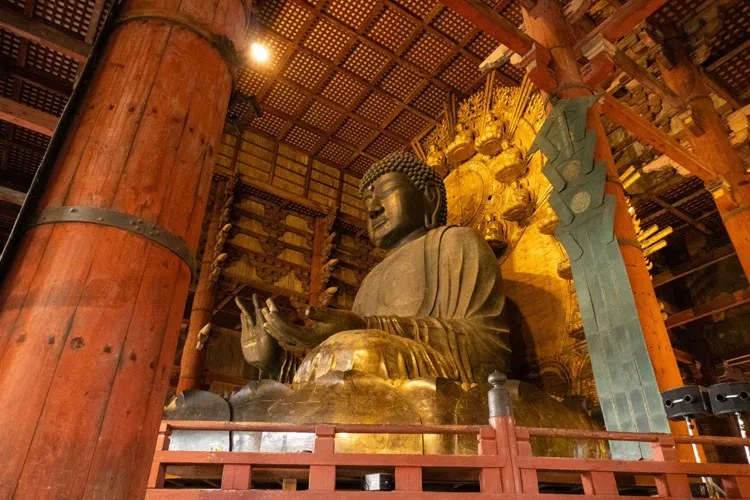
- Highlights: A UNESCO World Heritage site and one of Japan's most historically significant temples. Its Daibutsu-den (Great Buddha Hall) is the world's largest wooden building, housing a colossal 15-meter tall bronze statue of the Great Buddha.
- Charm: Awe-inspiring scale and profound spiritual presence.
Kasuga Taisha Shrine
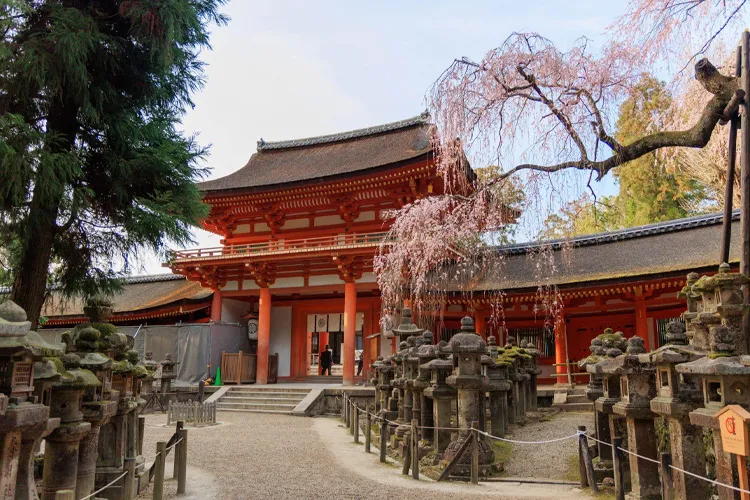
- Highlights: A UNESCO World Heritage Shinto shrine founded in the 8th century, famous for its thousands of bronze and stone lanterns donated by worshippers. The vibrant vermilion main hall contrasts beautifully with the surrounding forest.
- Charm: Mystical atmosphere created by the ancient trees and countless glowing lanterns.
Kofuku-ji Temple
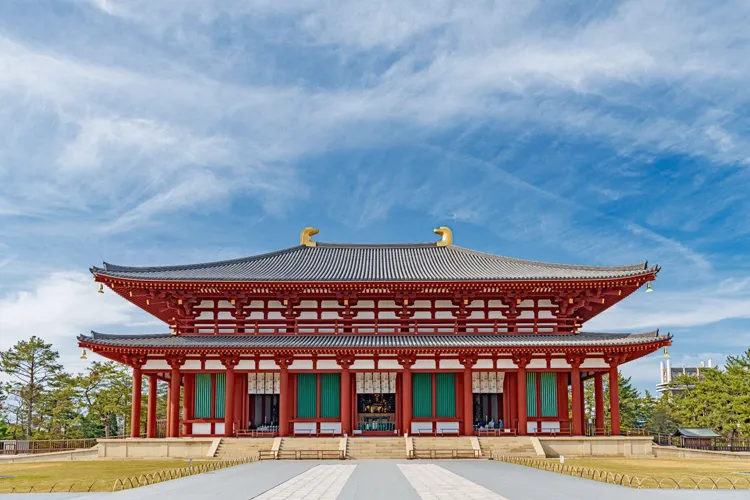
- Highlights: A UNESCO World Heritage temple and one of Nara's most powerful temples in its heyday. Famous for its magnificent Five-Story Pagoda, which is Japan's second tallest, and the impressive National Treasure Museum housing Buddhist art.
- Charm: Elegant architecture and a testament to Nara's former grandeur.
Nara National Museum
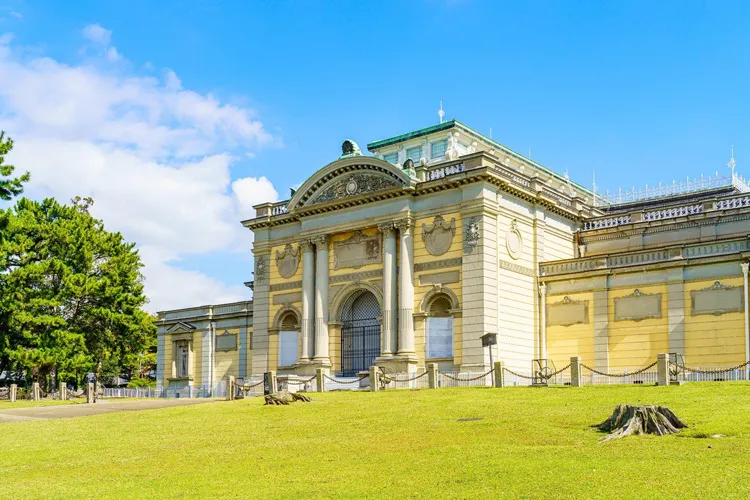
- Highlights: houses an exceptional collection of Japanese Buddhist art, including sculptures, paintings, and ritual objects.
- Charm: Provides deeper insights into the spiritual and artistic heritage of Nara.
Other Notable Sites
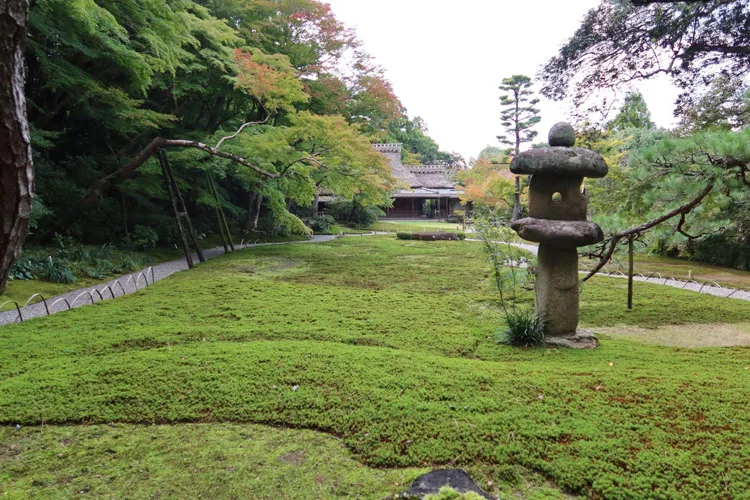
- Isui-en Garden: A beautiful traditional Japanese garden combining two distinct styles.
- Yoshiki-en Garden: Another lovely garden next to Isui-en, often with free admission for foreign tourists.
- Nigatsu-do Hall & Sangatsu-do Hall: Part of Todai-ji complex, offering stunning views over Nara and housing impressive Buddhist statues.
Find Your Perfect Nara Trip
Nara offers diverse experiences to suit every interest.
For History & Culture Buffs
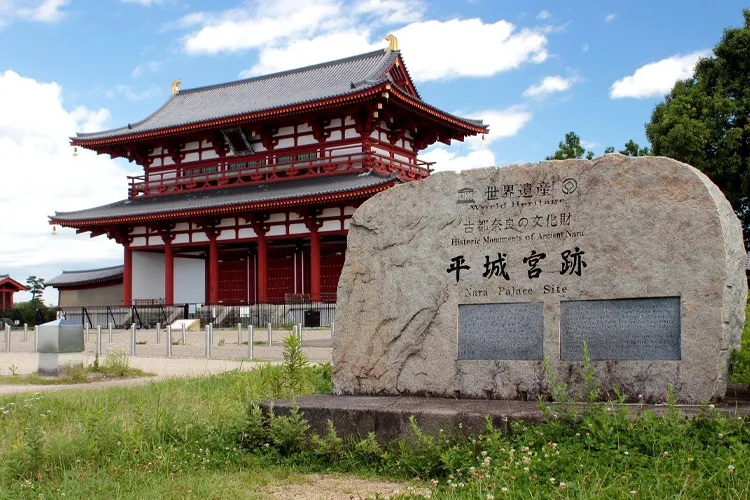
Step back in time and uncover the roots of Japanese civilization:
- Todai-ji & Kofuku-ji: Explore these ancient Buddhist temples, marveling at their scale and the priceless art they contain.
- Kasuga Taisha: Witness the unique blend of nature and spiritual devotion at this ancient Shinto shrine.
- Nara National Museum: Delve into the rich history of Japanese Buddhist art through its extensive collections.
- Heijo Palace Site: Explore the ruins and reconstructed buildings of Nara's former imperial palace, offering insight into its role as the capital.
For Nature Lovers & Animal Encounters
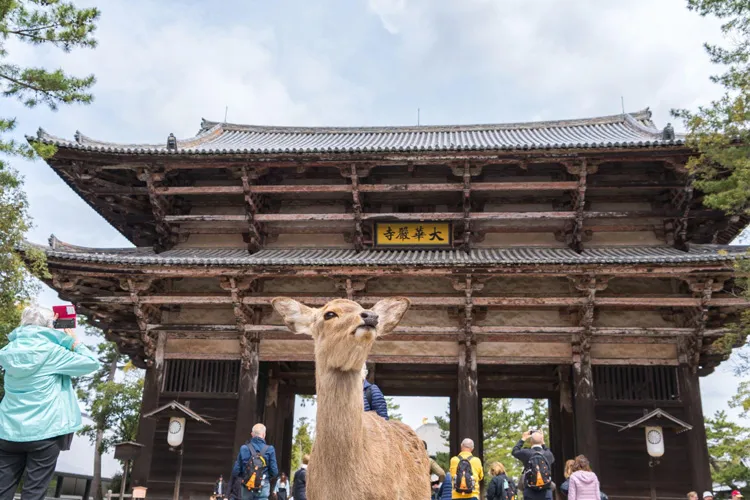
Experience a truly unique connection with wildlife and serene landscapes:
- Nara Park Deer: Feed the friendly deer and observe their charming bowing behavior.
- Seasonal Beauty: Enjoy Nara Park's vibrant cherry blossoms in spring, lush greenery in summer, and spectacular autumn foliage.
- Mount Wakakusa: A grassy mountain within Nara Park, offering panoramic views of the city. Climb it for a stunning vista.
For Photographers & Scenic Views
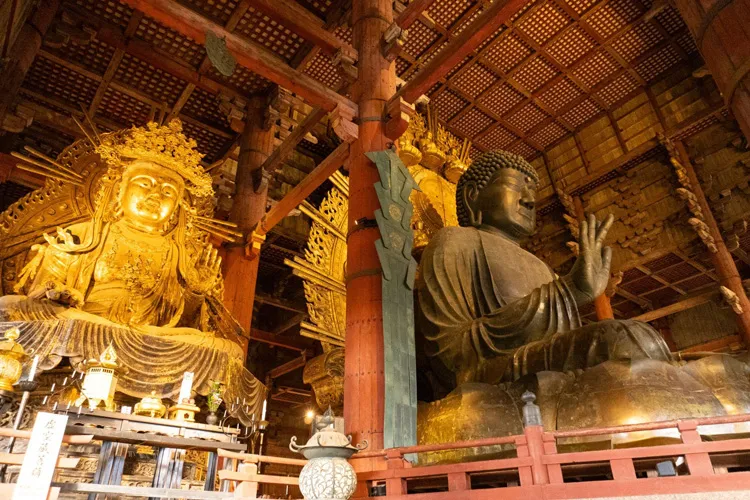
Capture incredible "Instagram-worthy" moments in Nara's unique settings:
- Todai-ji Great Buddha Hall: Capture its majestic scale from different angles.
- Deer Interactions: Photograph the charming deer in playful or serene poses, especially when being fed.
- Kasuga Taisha Lanterns: Create magical long-exposure shots of the illuminated lanterns.
- Kofuku-ji Pagoda: Frame the iconic pagoda against the sky or reflected in a pond.
- Sunset Views: Head to Nigatsu-do Hall for breathtaking sunset views over Nara.
Sample Itineraries
Need some inspiration? Here are a few suggested itineraries to help you plan your perfect Nara adventure.
Example 1: Nara Classic Day Trip
Ideal for first-timers from Kyoto or Osaka, focusing on main highlights

- Morning: Arrive at Kintetsu Nara Station. Walk through Nara Park, feeding the deer.
- Mid-Morning: Visit Todai-ji Temple and its Great Buddha.
- Lunch: Enjoy lunch at a restaurant near Todai-ji or in Nara town.
- Afternoon: Explore Kasuga Taisha Shrine (including the lantern halls if open). On the way back, visit Kofuku-ji Temple and its Five-Story Pagoda.
- Late Afternoon: Browse souvenir shops around Kintetsu Nara Station. Return to Kyoto or Osaka.
Example 2: Nara & Beyond
For a more leisurely pace and deeper exploration
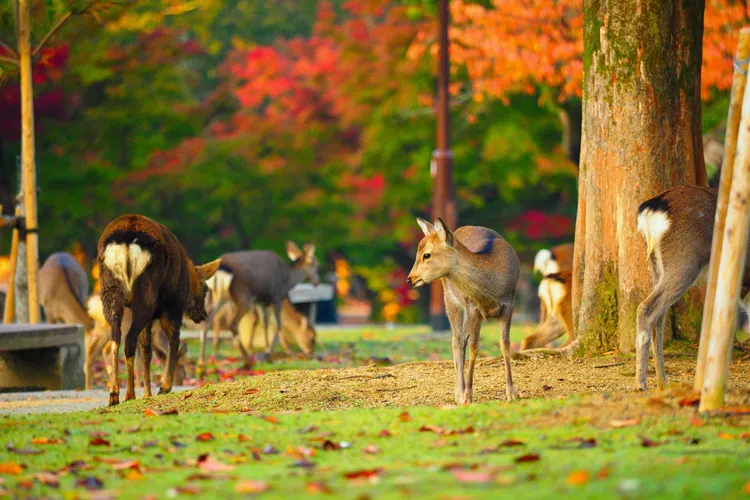
- Day 1: Arrive at Kintetsu Nara Station. Check into hotel/ryokan. Spend the day exploring the main Nara Park attractions (Todai-ji, Kofuku-ji, Kasuga Taisha) at a relaxed pace. Visit the Nara National Museum. Evening: Enjoy local Nara cuisine. Overnight in Nara.
- Day 2: Morning: Visit Isuien Garden and Yoshiki-en Garden. Climb Mount Wakakusa for panoramic views. Alternatively, take a bus to Heijo Palace Site. Afternoon: Revisit any favorite spots or do some last-minute souvenir shopping. Depart from Nara.
Example 3: Nara & Autumn/Winter Serenity (Day Trip or Overnight)
Experience the seasonal beauty and unique atmosphere
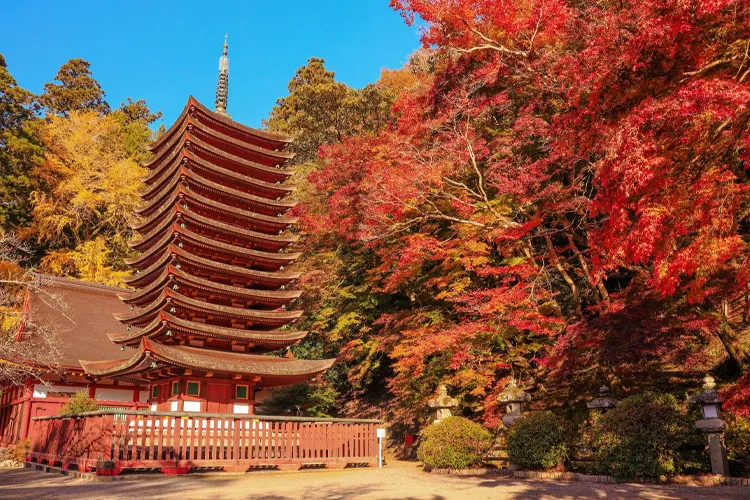
- Autumn: Follow "Nara Classic Day Trip" or "Nara & Beyond", focusing on the stunning autumn foliage at Todai-ji, Kasuga Taisha, and especially around Kofuku-ji.
- Winter: Enjoy the quietness and crisp air. Many sites like Kasuga Taisha and Todai-ji host unique winter events (e.g., setsubun festivals, special light-ups). Deer are often more active in the cold.
Essential Travel Tips
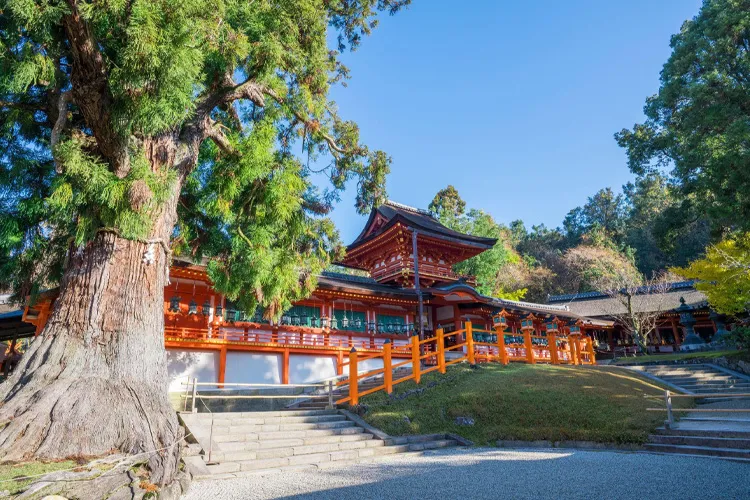
Make your trip to Nara smooth and enjoyable with these practical tips.
Transportation
- Walking: Most of Nara's main attractions are within walking distance of Kintetsu Nara Station and easily walkable within Nara Park.
- Local Buses: Convenient for reaching attractions further out, or if you prefer not to walk long distances. The "Nara Kotsu" bus network is extensive.
- Nara Passes: Various passes are available (e.g., Nara Kotsu Bus Pass, Nara World Heritage Pass) that might be cost-effective depending on your itinerary.
Accommodation
Nara offers a range of accommodation:
- Ryokan (Traditional Japanese Inns): Several traditional inns offer a peaceful stay.
- Hotels: Various options, from business hotels to tourist hotels, around Nara Station and Kintetsu Nara Station.
- Guesthouses & Hostels: Budget-friendly options are available.
Connectivity
- Free Wi-Fi: Available at major stations, some hotels, and tourist information centers.
- SIM Cards & Pocket Wi-Fi: Recommended for consistent internet access.
Other Useful Information
- Comfortable Shoes: Essential as you'll be doing a lot of walking, especially within Nara Park.
- Deer Crackers: Available for purchase (around 200 yen per pack) from vendors in Nara Park. Be mindful that deer can be quite eager!
- Respect Deer: While generally tame, they are wild animals. Avoid teasing them, don't show them food you don't intend to give, and be cautious with small children.
- Cash is Useful: While major establishments accept credit cards, having some cash is useful for smaller shops, deer cracker vendors, and local eateries.
Nara Travel FAQ
- Are the deer in Nara Park really friendly? Is it safe to get close to them?
- Yes, the deer in Nara Park are very accustomed to people and are generally safe to approach. However, they are still wild animals, so it’s important not to scare, chase, or tease them. Avoid showing food to them unless you intend to feed them. During mating season (autumn–winter) or when fawns are present, they may behave more aggressively, so be mindful of your distance.
- Can I feed the deer in Nara? What can I give them?
- You are allowed to feed the deer, but only with “shika senbei” (deer crackers) sold within the park. These are specially made for the deer and are safe for them to eat. Never feed them human food or anything you brought yourself. When you have the crackers, the deer may approach or surround you, so avoid running or turning your back on them.
- Are there any recommended souvenirs or traditional crafts from Nara?
- Absolutely! Nara offers many unique souvenirs and traditional items. Some top recommendations include:
- Nara Ink Sticks: High-quality ink used for traditional calligraphy.
- Deer-themed goods: Cute deer designs on accessories, dishes, and home décor.
- Kaki no Ha Sushi (Persimmon Leaf Sushi): A regional delicacy that makes a great edible gift.
- Nara Calligraphy Brushes: Handmade brushes with a long history.
- Woodcrafts from Yoshino Cedar or Hinoki Cypress: Elegant items like chopsticks and coasters.
- How many days should I spend in Nara? Is one night enough?
- While Nara can be visited on a day trip from Kyoto or Osaka, staying one night allows for a more relaxed experience. You can cover Nara Park (including Todai-ji, Kasuga Taisha, and Kofuku-ji) in half a day to a full day. If you'd like to explore farther, such as Horyu-ji, Asuka, or Yoshino, 2 days is ideal. Staying overnight also lets you enjoy the peaceful evening atmosphere.
- Is Nara crowded? When is the best time to avoid the crowds?
- Nara is a popular destination, and it does get crowded on weekends, public holidays, and during spring (cherry blossoms) and autumn (fall foliage). To avoid the crowds:
- Visit on a weekday (Monday to Friday)
- Arrive early in the morning (around 9 a.m. or earlier)
- Avoid Japan’s major holiday periods like Golden Week, Obon, and New Year

